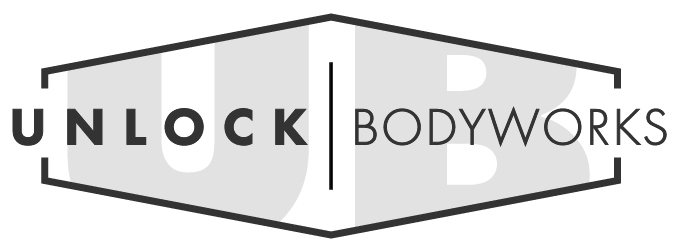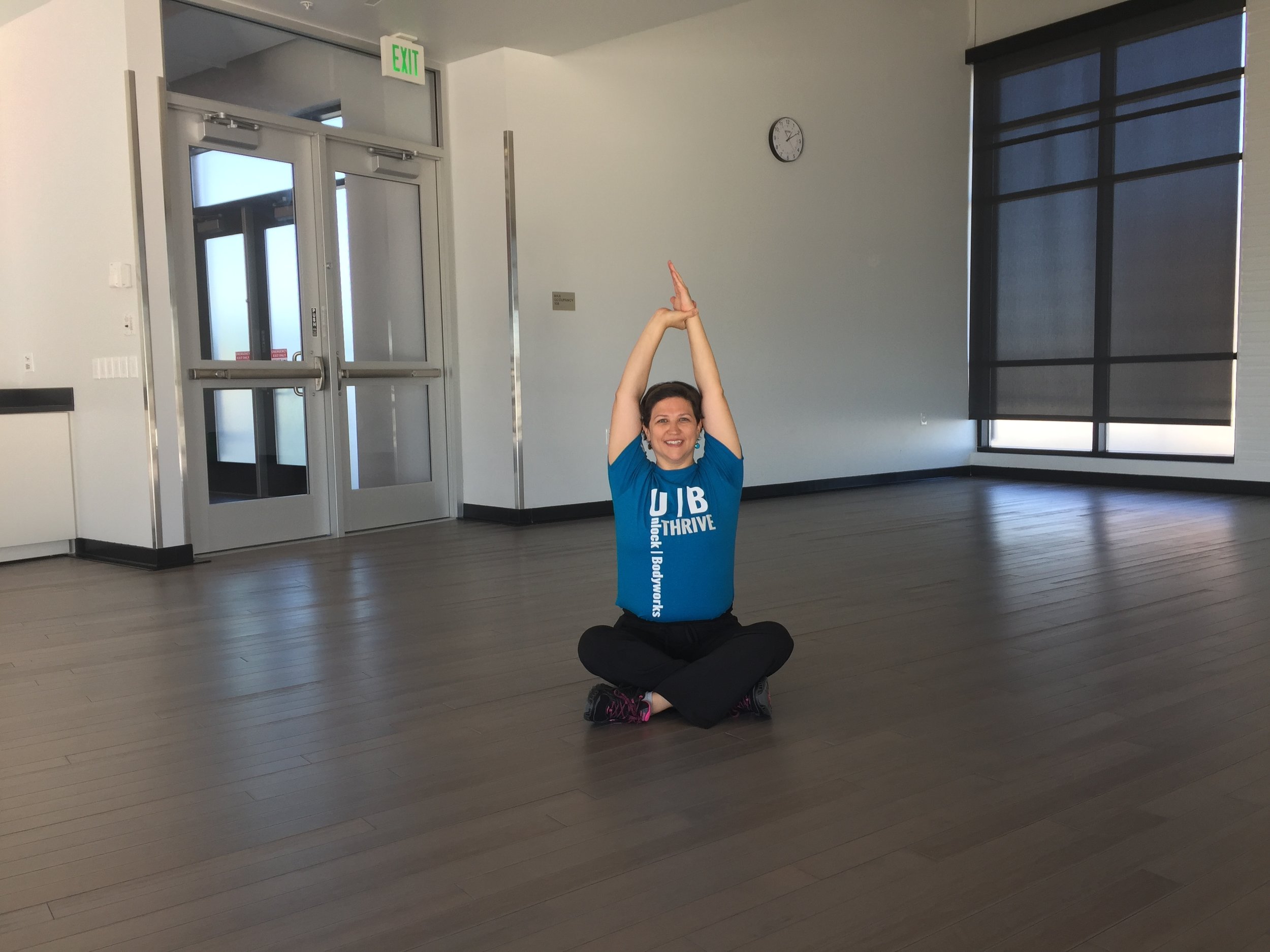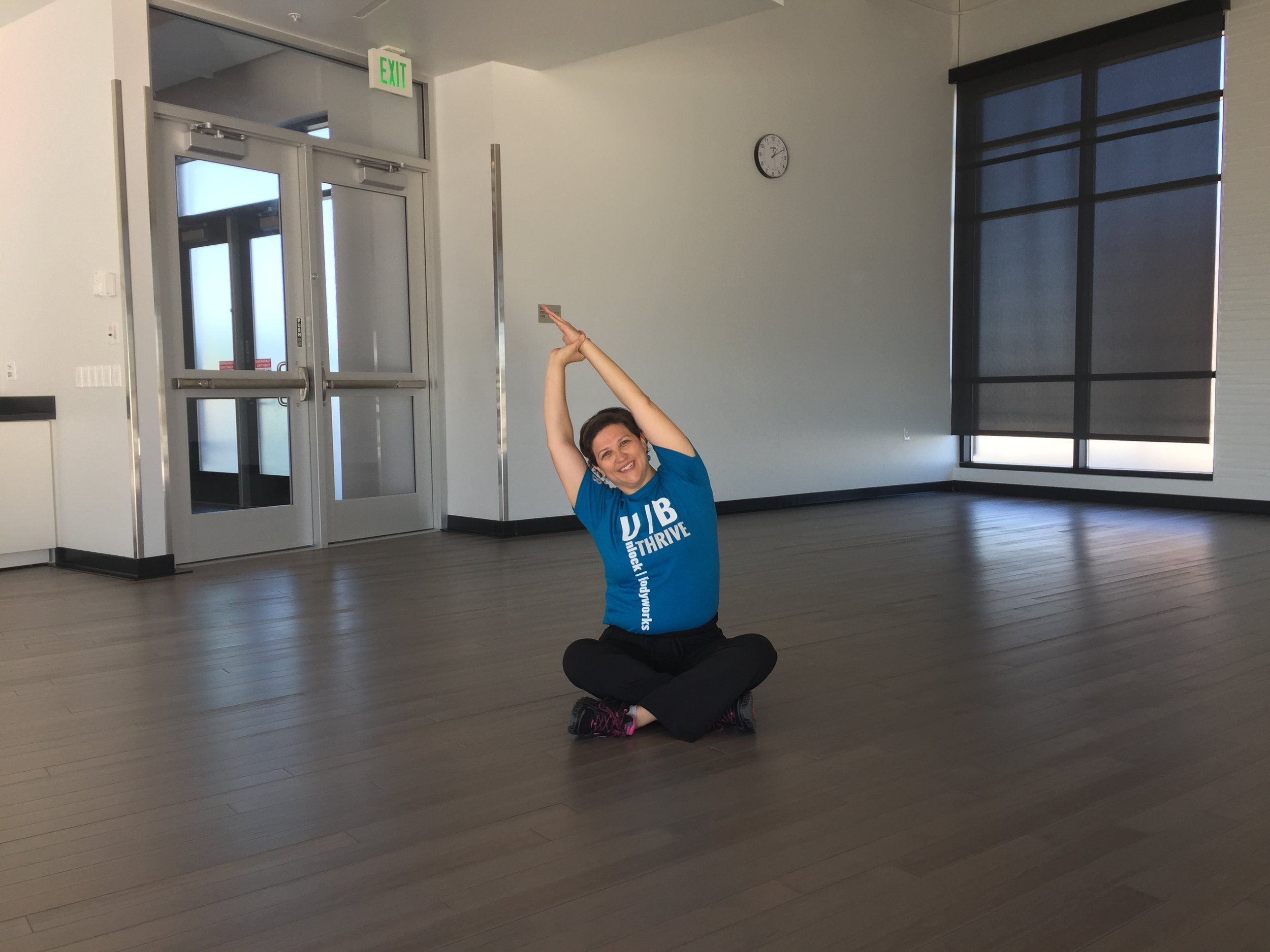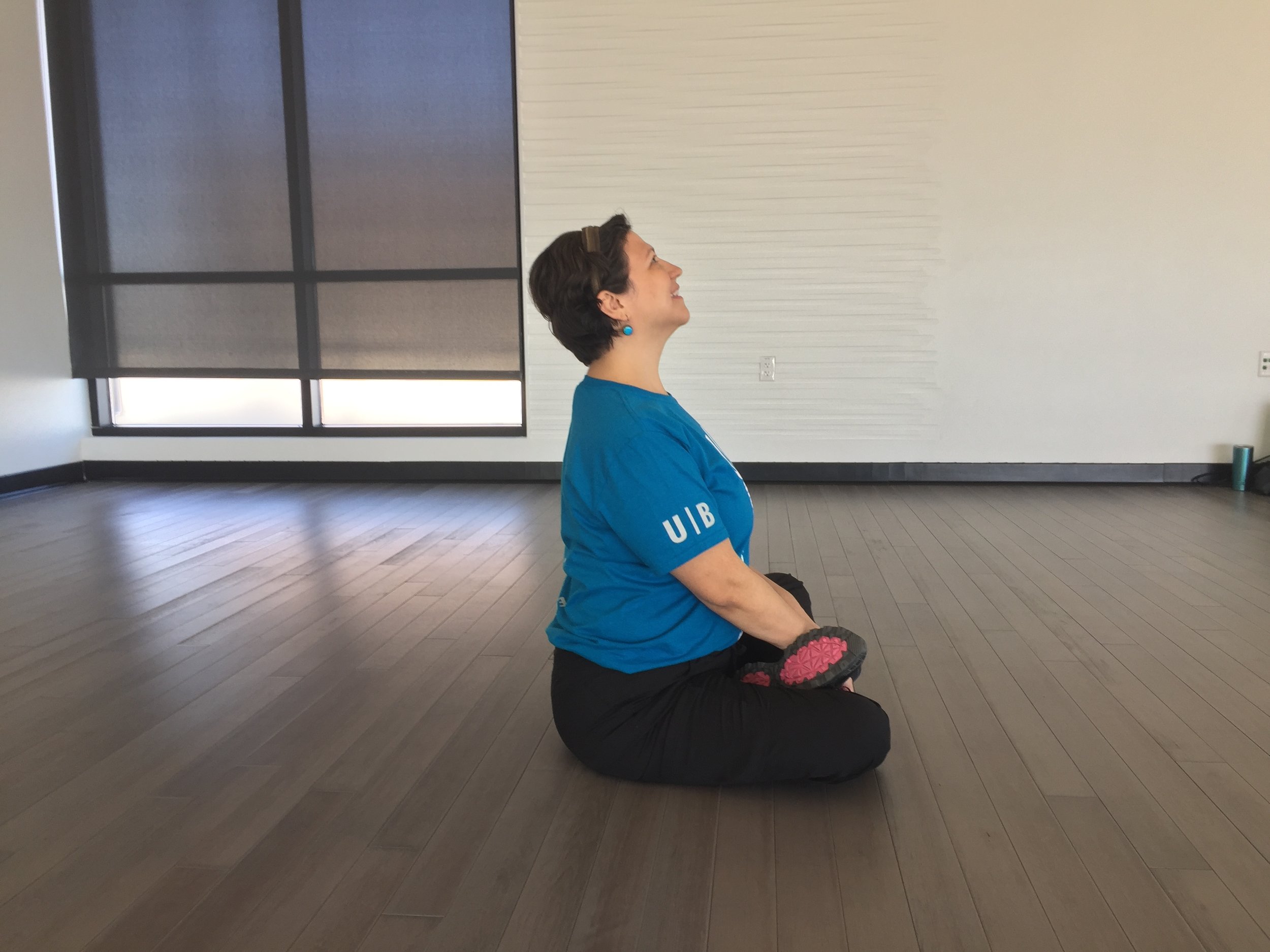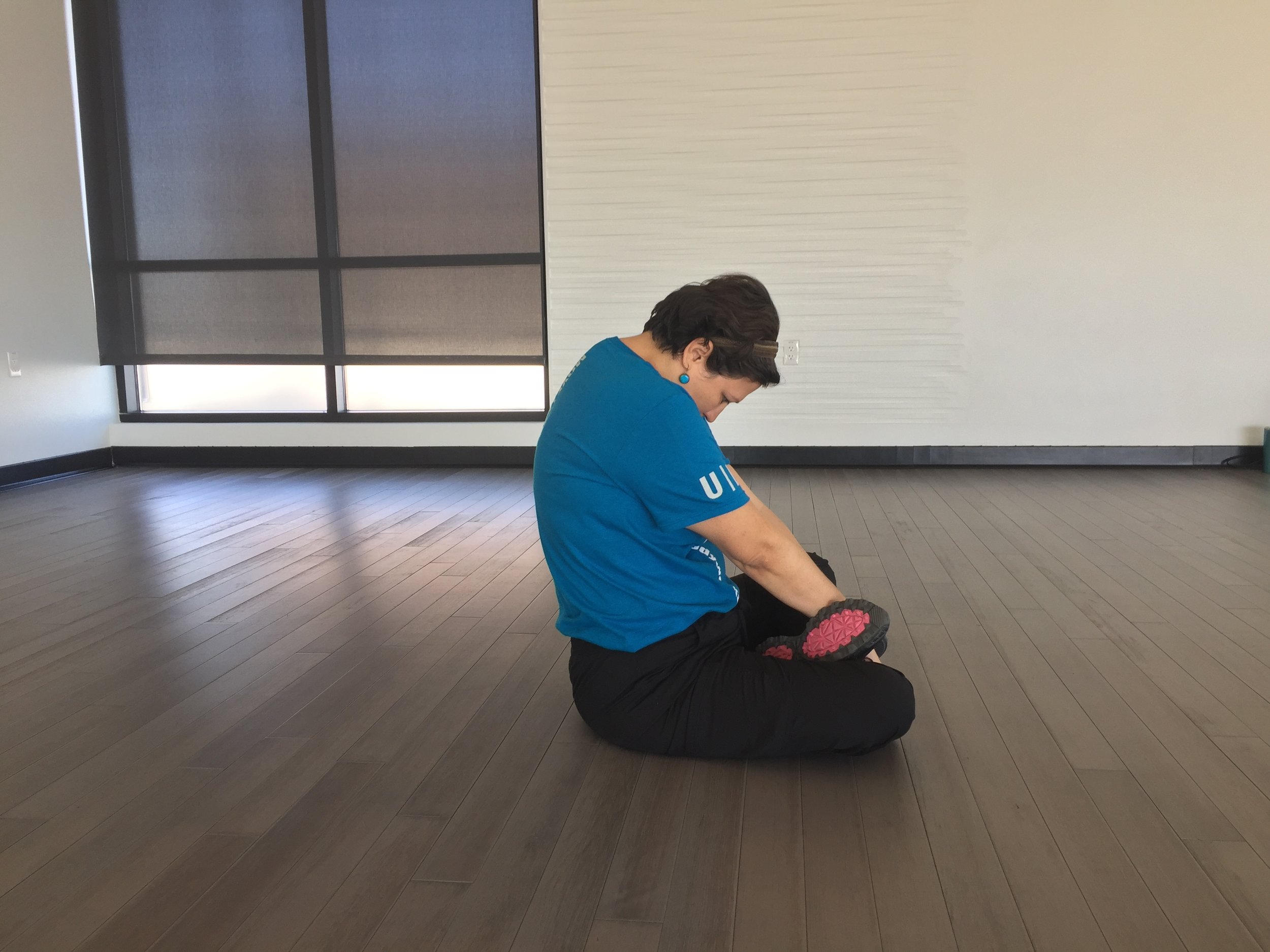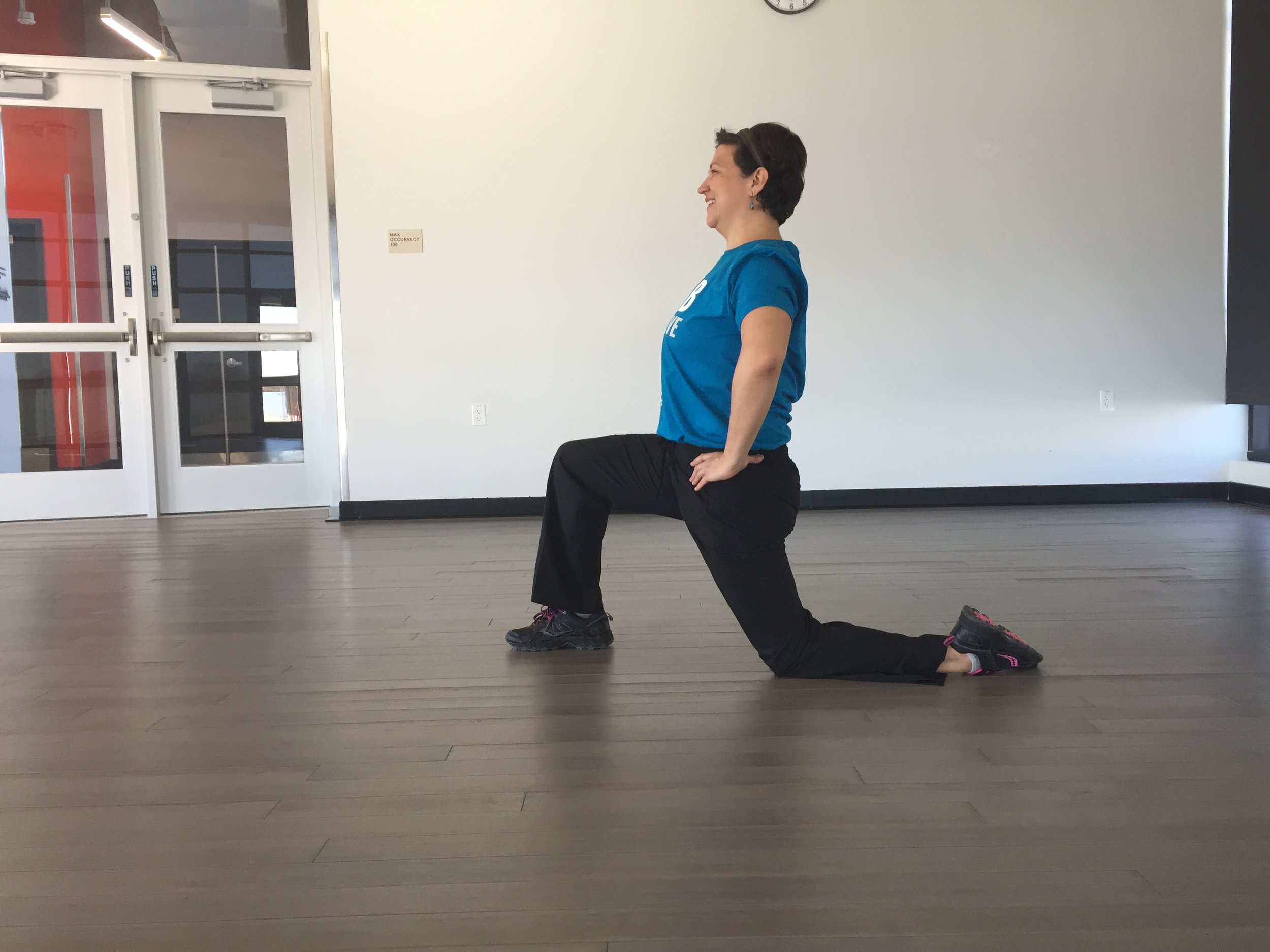Emotions and the Body
Part 1
By: Patrick S Cross, LMT, CPN, CET
It’s oddly one of my favorite activities; watching people’s emotions control their bodies.
As I sit at the coffee shop I notice a guy across the room holding an impressively upright, strong posture. He’s young, maybe a student, a cup of black coffee close at hand, and he’s looking down the bridge of his nose at his computer. His head is perfectly balanced over his shoulders.
Then something interesting happens. His mouth drops into a frown as his head juts back. Then his eyebrows crinkle together and his head pushes forward until his nose is about five inches from the screen. What was impressively perfect posture only a moment ago deteriorates into a hunched back, forward folded shoulders, and a very tense face.
I don’t know what he sees on his computer that’s so confusing and concerning, but what I am acutely aware of in this moment is the powerful effect our emotions have on every muscle in our body.
It is well known for example that a large portion of our communication is non-verbal. We feel something and our body reacts accordingly conveying a message. This is deeply ingrained, and very useful.
A facial expression can convey caring and friendship when we may be at a loss for words, or well-timed hand gestures can spice up a story we are telling. On the other hand, when we try to hide our feelings from others, acting brave when we are actually scared, engaged when we are completely uninterested, or angry even though we say there’s nothing wrong, our bodies tell the truth to anyone who knows how to see it whether we want it to or not.
A bigger problem comes when we have certain emotionally driven muscle reactions so regularly that they begin to solidify into a chronic tension patterns. Clenched teeth, tight shoulders, and abdominal churning are some common examples. These emotionally driven tension patterns can easily go un-assessed, and the discomfort they produce is often treated with muscle relaxants, painkillers, or both.
I was about five years into my practice when I ran into a bit of a problem surrounding this issue. I began noticing that a portion of the people I was treating for tension patterns and associated pain were simply not improving. The relief would last for a short time, and then come right back again with no real progress.
At a loss I started to pay closer attention to the things people would say while we worked to release certain muscles. It might be about traffic, deadlines at work, certain family members or other people in their lives, politics, or even household appliances that were acting up. These seemingly unrelated topics became the focus of deeper detective work.
I saw that the clenched muscles would release, and then I would ask about the emotionally charged topic and they would tighten right back up.
I was not yet equipped to dive into the emotional realm in an educated way, but I knew I needed to learn. Thanks to one of my early mentors I was introduced to Somato Emotional Release training. I learned how to ask the right questions, and not overstep my bounds while helping people uncover the emotional triggers that drive their tension patterns, and then provide some tools for resolving those patterns. The results have been profound.
Since then it has become a hobby of mine to observe people at coffee shops, restaurants, at the movies, walking down the street or running in the park, watching their emotional states control their movements in all sorts of interesting ways. It’s obvious now, but it wasn’t always, and I’ll never again underestimate the power of a deeper awareness of our emotional states.
